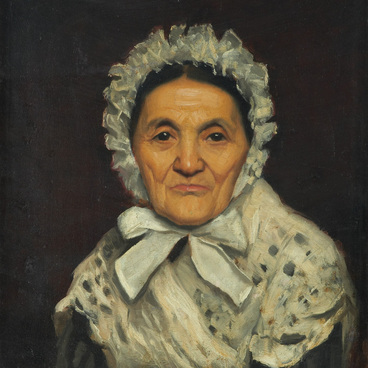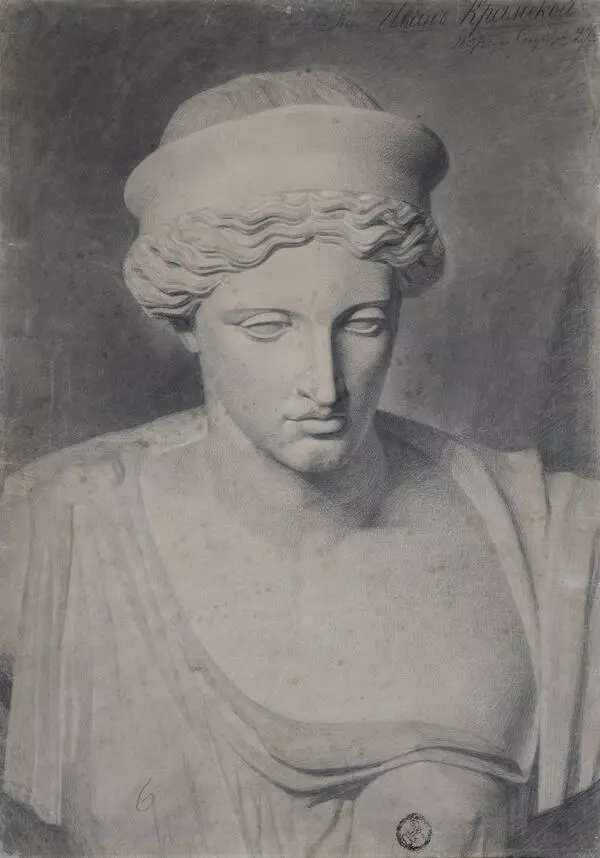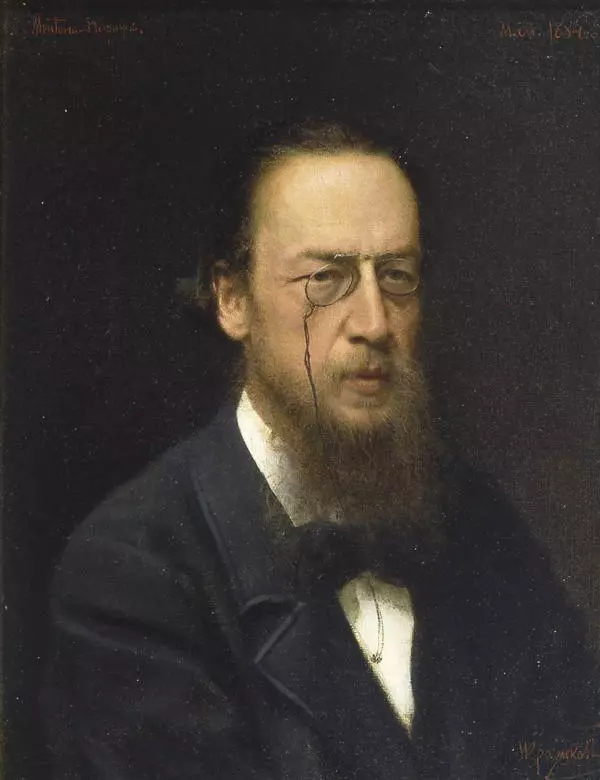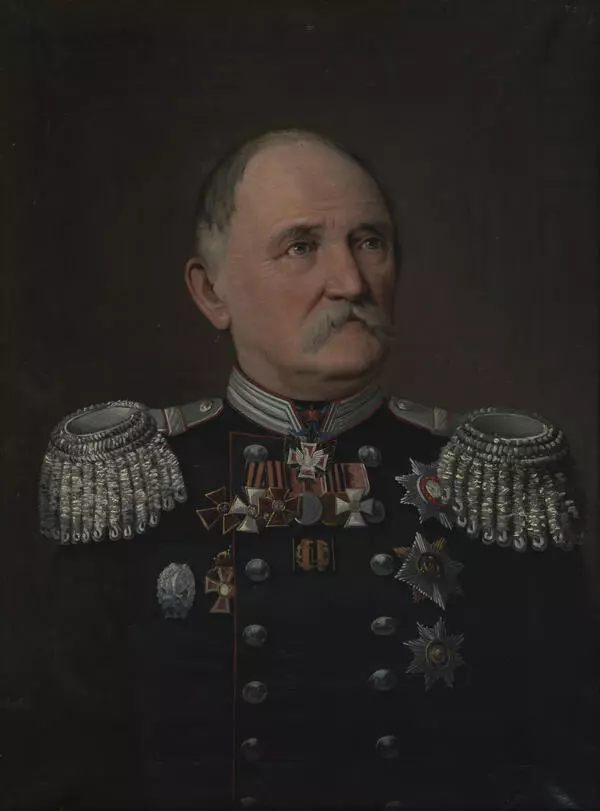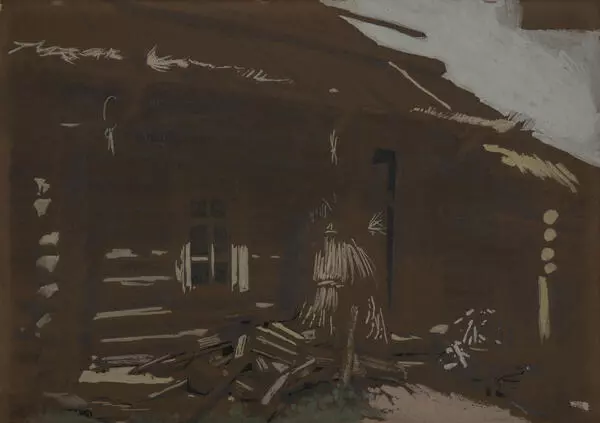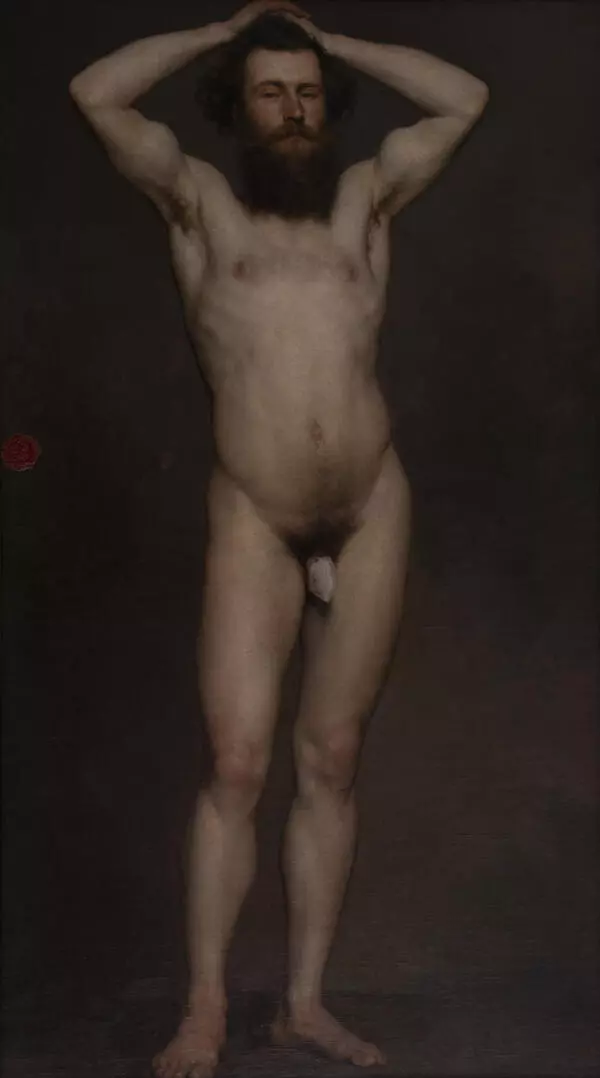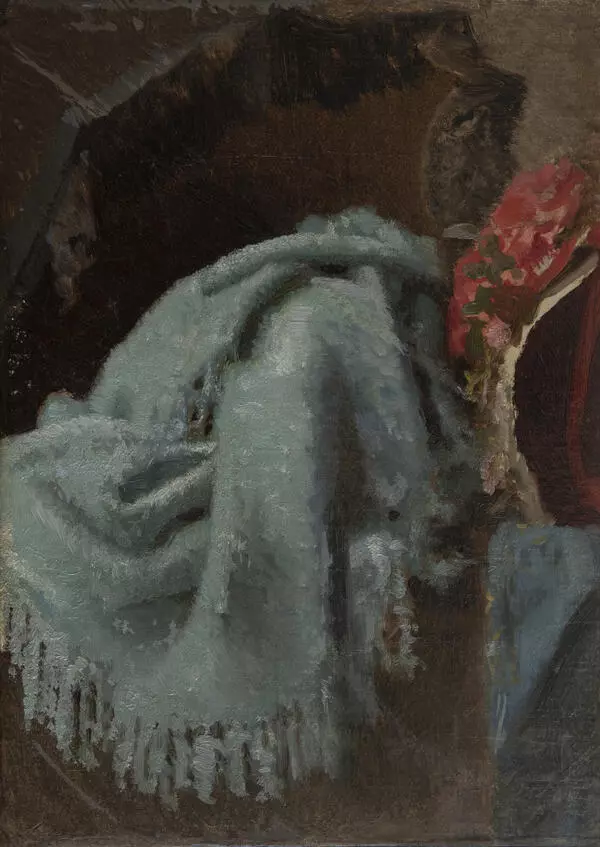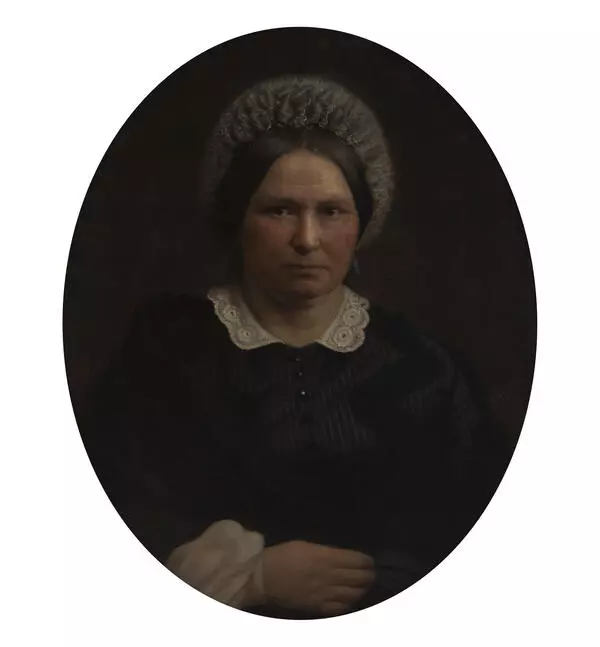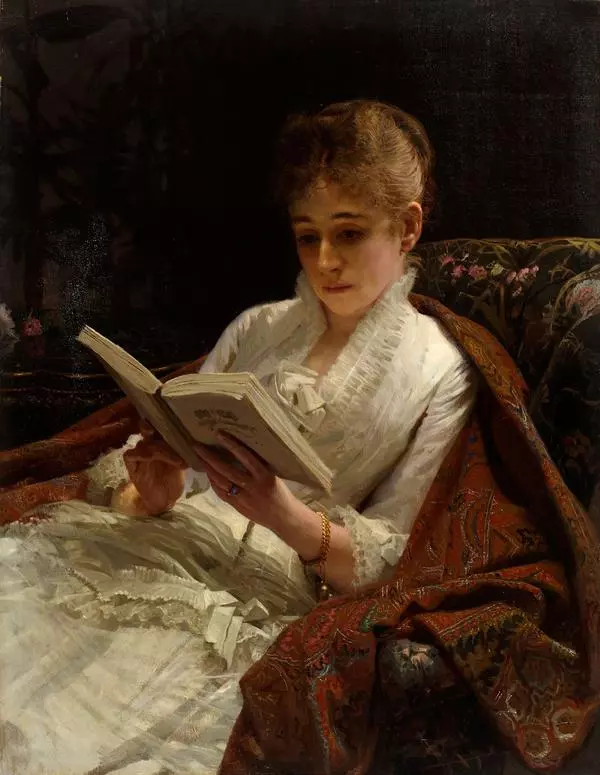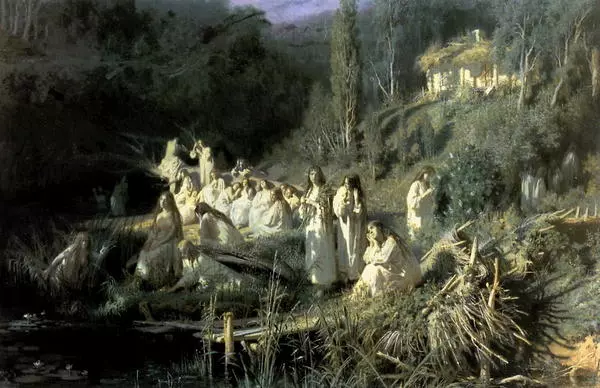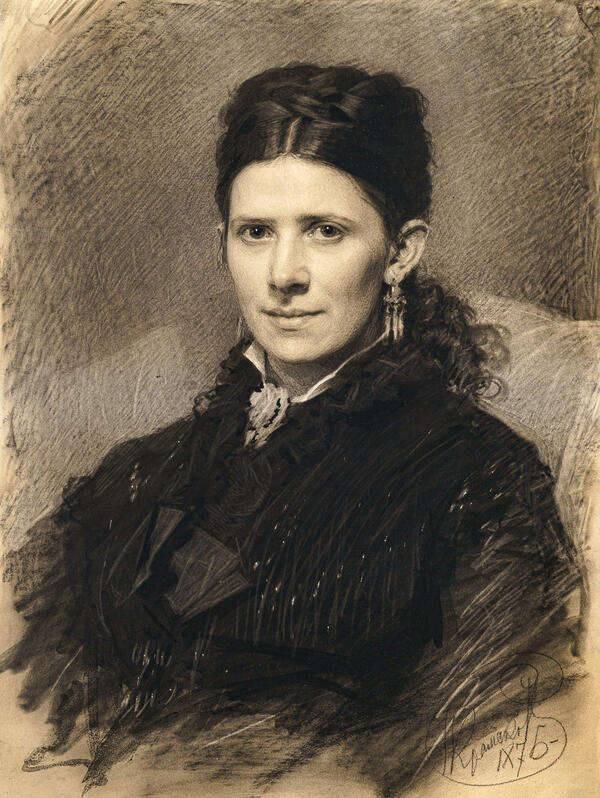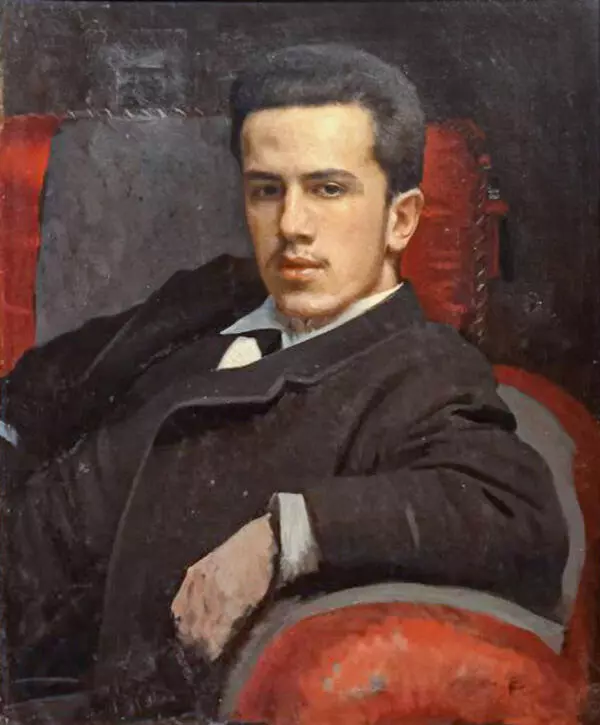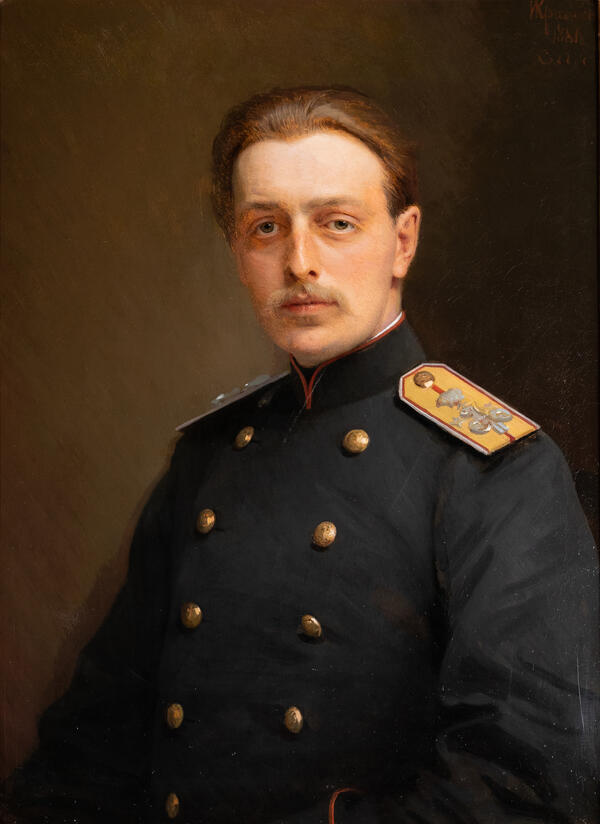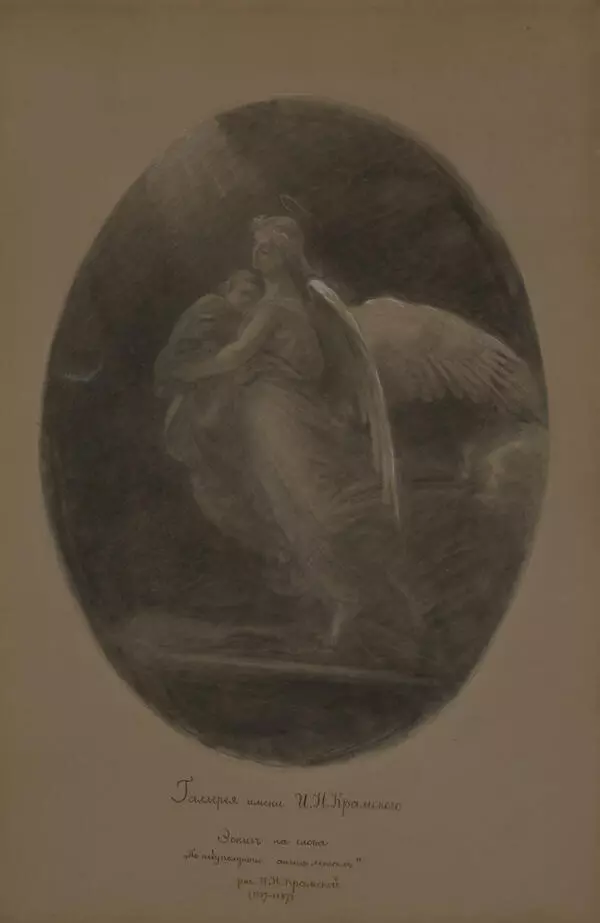The artist Ivan Kramskoy was one of the main organizers and ideologists of the Association of Peredvizhniki. The history of the Association began in 1863, when graduates of the Academy of Arts refused to make their diploma paintings, because the subject of the paintings was traditionally chosen by their teachers. This had been prescribed by the rules of the Academy, and the subject had always been ancient history or theology. This was not just a final exam, but a competition to win a gold medal. The winners became ‘grant recipients’ — they were sent to study in Italy at the governmental expense, and spent 6 years there studying art and ancient historical monuments. However, the contestants submitted a request asking the Council to allow them to choose the subject themselves. When the request was ignored by the Council, 14 students refused to take the exam and left the Academy without graduating. This event went down in history as the ‘Revolt of the Fourteen’.
An important stage in the life of Ivan Kramskoy was his acquaintance with the ideas of the Moscow artist Grigory Myasoedov, who inspired him with the idea of arranging traveling exhibitions. And Kramskoy founded the Association of Peredvizhniki-an organization in which he was a member for more than twenty years
At the beginning of his career, the artist worked as a retoucher in the Kharkov photo studio, and then in St. Petersburg with the photographer Ivan Alexandrovsky. A significant part of his legacy consists of portraits of representatives of intellectual society of the 19th century and images of peasants. ‘The portraits that you have now, - Ilya Repin wrote to him in 1881 — represent the faces of the nation, which are the best sons of Russia.’ The Kramskoy’s gallery also includes the last completed work of the artist — “Portrait of V. I. Surikov”. The artist painted it in 1887 after the demonstration of the picture “Boyarinya Morozova” at the 15th traveling exhibition which became an epoch-making event for Russian art and Surikov himself. The author managed to accurately capture the image of a brilliant, original artist, a strong-willed Siberian man. The picture is remarkable for its simple and flowing composition, and excellent similarity. Kramskoy chose colors which were close between each other: a combination of brown and black shades. He emphasized Vasily Surikov’s face with a white stripe of his collar. It became the center of the composition and no details of the surrounding interior distract the audience’s attention from the character’s thoughtful look.
An important stage in the life of Ivan Kramskoy was his acquaintance with the ideas of the Moscow artist Grigory Myasoedov, who inspired him with the idea of arranging traveling exhibitions. And Kramskoy founded the Association of Peredvizhniki-an organization in which he was a member for more than twenty years
At the beginning of his career, the artist worked as a retoucher in the Kharkov photo studio, and then in St. Petersburg with the photographer Ivan Alexandrovsky. A significant part of his legacy consists of portraits of representatives of intellectual society of the 19th century and images of peasants. ‘The portraits that you have now, - Ilya Repin wrote to him in 1881 — represent the faces of the nation, which are the best sons of Russia.’ The Kramskoy’s gallery also includes the last completed work of the artist — “Portrait of V. I. Surikov”. The artist painted it in 1887 after the demonstration of the picture “Boyarinya Morozova” at the 15th traveling exhibition which became an epoch-making event for Russian art and Surikov himself. The author managed to accurately capture the image of a brilliant, original artist, a strong-willed Siberian man. The picture is remarkable for its simple and flowing composition, and excellent similarity. Kramskoy chose colors which were close between each other: a combination of brown and black shades. He emphasized Vasily Surikov’s face with a white stripe of his collar. It became the center of the composition and no details of the surrounding interior distract the audience’s attention from the character’s thoughtful look.


